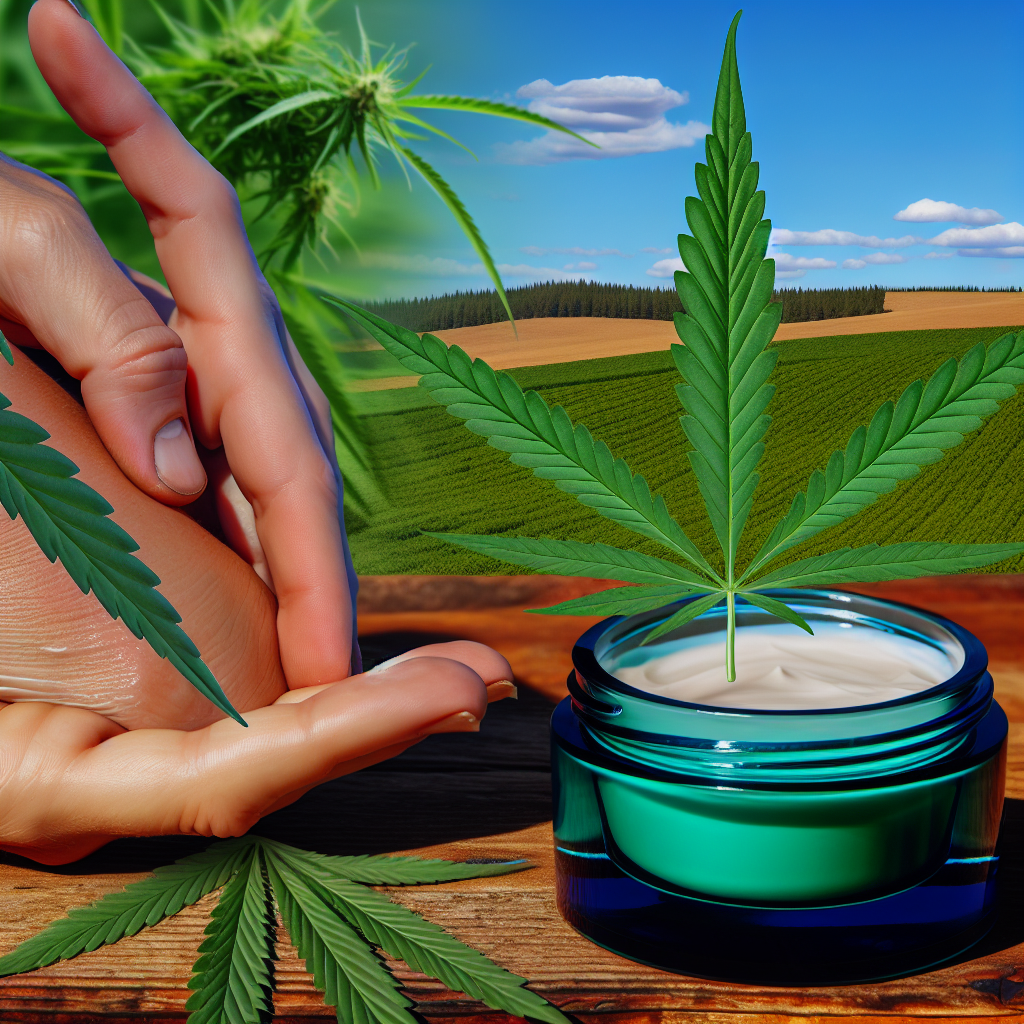THC-O Acetate Safety: Risks, Benefits, and Long-Term Effects
Introduction: The Rise of THC-O – Potent Promise or Public Health Risk?
THC-O acetate, commonly referred to as THC-O, is gaining traction in the cannabis marketplace as one of the most potent synthetic cannabinoids currently available to consumers. It is synthesized by chemically altering Delta-9 THC or CBD through a process that introduces acetic anhydride, resulting in a molecule that is reported to be three times more potent than traditional THC. The rise in THC-O’s popularity is due, in part, to its intense psychoactive effects, accessibility in locations where conventional THC is restricted, and widespread curiosity about its potential therapeutic benefits.
Despite its growing presence in vape cartridges, edibles, and tinctures, THC-O remains largely unregulated and under-researched, prompting caution among healthcare professionals and cannabis experts alike. A major factor in the discussion of THC-O centers on safety. As a synthetic compound, THC-O’s interaction with human physiology is not yet fully understood. With reports of unpredictable experiences, potential respiratory byproducts from vaporization, and even legal scrutiny by the Drug Enforcement Administration (DEA), the excitement surrounding THC-O is tempered by valid concerns.
Consumers are often unaware of the chemical processes involved in creating THC-O, many of which involve volatile and potentially dangerous substances. Additionally, the product quality among various brands can vary drastically due to a lack of industry oversight. In early 2023, the DEA classified THC-O—derived from hemp—as a Schedule I substance, further intensifying safety scrutiny.
For cannabis professionals and medical practitioners, understanding the pharmacokinetics, potential risks, and any existing benefits of THC-O is critical. This compound occupies a grey area between scientific interest and potential public health risk. Although anecdotal testimonials point to powerful effects such as extreme euphoria, introspection, or spiritual-like experiences, these benefits do not yet hold clinical support. Moreover, long-term effects on the brain and body remain unknown.
This article explores the emerging science of THC-O, offering a deep dive into the risks, potential therapeutic applications, and what recent preliminary studies and professional commentary reveal about its long-term implications.
Emerging Evidence: What the Science Says About THC-O Safety and Risks
Scientific studies on THC-O acetate are surprisingly scarce, largely due to its recent emergence and the complex legality surrounding its classification. However, a few toxicological reports and position papers have begun to shed light on the substance, providing much-needed clarity for consumers and professionals alike.
One of the most concerning aspects of THC-O is the potential formation of toxic byproducts when vaporized. Research published in the Journal of Medical Toxicology in 2022 warned about the risk of ketene formation when acetates like THC-O are heated (Moss, J.M., et al.). Ketene is a highly toxic gas, known to cause damage to lung tissue even in small quantities. This suggests that users inhaling THC-O through vape pens may be exposing themselves to potentially dangerous compounds, especially at the high temperatures modern vaporizers can reach.
Additionally, the DEA’s February 2023 statement clarified THC-O’s federal prohibition, citing that it does not occur naturally in the cannabis plant and is therefore not protected under the 2018 Farm Bill. This federal stance underscores not only regulatory concerns but also highlights unknown factors about THC-O’s pharmacology and metabolism in the human body.
While no human clinical trials have been conducted specifically on THC-O acetate, extrapolations can be made based on studies involving other synthetic cannabinoids. Many lab-produced cannabinoids have shown to have stronger binding affinities for CB1 receptors in the brain, leading to heightened psychoactive effects but also increasing the potential for adverse mental health reactions. A 2019 review published in Frontiers in Psychiatry examined synthetic cannabinoids and found that their unpredictable potency often led to anxiety, psychosis, and even seizures in some individuals (Zaurova et al., 2019).
Anecdotal accounts from users on platforms like Reddit and cannabis forums often highlight powerful visual and introspective experiences from THC-O, likening its effects to those of psilocybin or LSD. These reports, while intriguing, cannot substitute for clinical data and raise further questions about long-term cognitive effects. Without long-term cohort studies or toxicology data, it remains impossible to accurately assess whether repeated use of THC-O could contribute to mental health disorders, dependency, or physical health problems.
Until extensive research is conducted, both medical professionals and consumers should approach THC-O with caution, recognizing that its scientifically verified safety profile does not yet exist. The current consensus among cannabis experts is that while THC-O may offer novel psychoactive experiences, the risks may outweigh the unverified benefits for many users—especially those with underlying mental or respiratory health conditions.
Conclusion: Proceed with Caution—What the Future Holds for THC-O
THC-O acetate occupies a controversial space within the cannabis industry. It represents both innovation and unknown risk—a potent synthetic compound with intense effects and limited scientific validation. With mounting concerns over its potential toxicity, unpredictable potency, and legal ambiguity, both cannabis consumers and industry professionals must navigate THC-O with informed caution. Until more conclusive research emerges, prioritizing safety, transparency, and regulation is essential to truly understanding this powerful cannabinoid’s place in modern medicine and responsible use.
## Concise Summary
THC-O acetate is a potent synthetic cannabinoid gaining popularity for its intense psychoactive effects. However, it remains largely unregulated and under-researched, raising concerns over its safety and potential long-term risks. This article explores the emerging evidence on THC-O, including the risks of toxic byproducts from vaporization, its federal legal status, and the need for more clinical studies to understand its pharmacology and effects on mental and physical health.
## References
– Moss, J. M., et al. (2022). [“Inhalation of Vaporized Cannabinoid Acetates Forms Ketene, a Potent Respiratory Toxin.”](https://link.springer.com/article/10.1007/s13181-022-00893-4) Journal of Medical Toxicology.
– Zaurova, M., et al. (2019). [“Synthetic Cannabinoids: A Review of Pharmacology, Clinical Effects, and Management.”](https://www.frontiersin.org/articles/10.3389/fpsyt.2018.00786/full) Frontiers in Psychiatry.
– U.S. Drug Enforcement Administration. (2023). [“DEA Responds to Inquiry on THC-O.”](https://www.marijuanamoment.net/dea-says-synthetic-cannabinoids-thc-o-are-illegal-controlled-substances-even-when-derived-from-hemp/)
– Bluntys. (2023). [“What is THC-O and How Potent is It?”](https://www.bluntys.com/blog/thc-o-potency-explained)
– Reddit Cannabis Community (u/cannaresearch). (2022). [“THC-O Trip Reports Compilation Thread.”](https://www.reddit.com/r/cleancarts/comments/xyzTHC-O_reviews)



